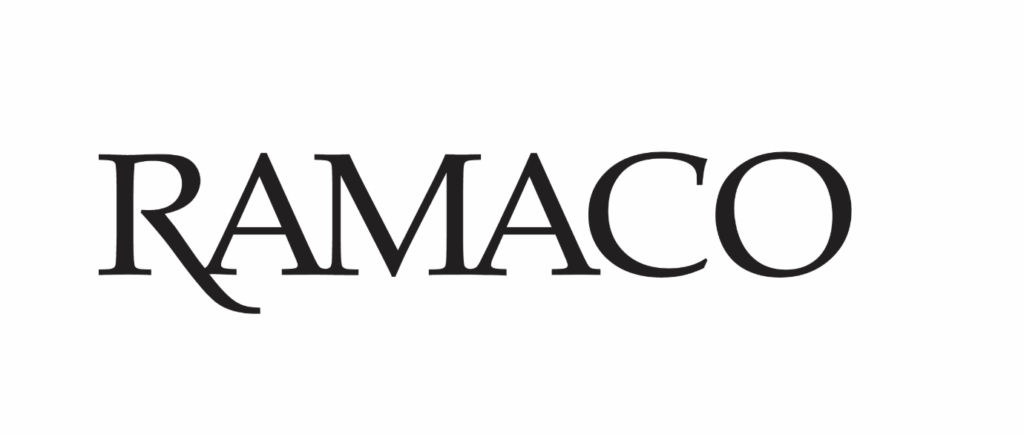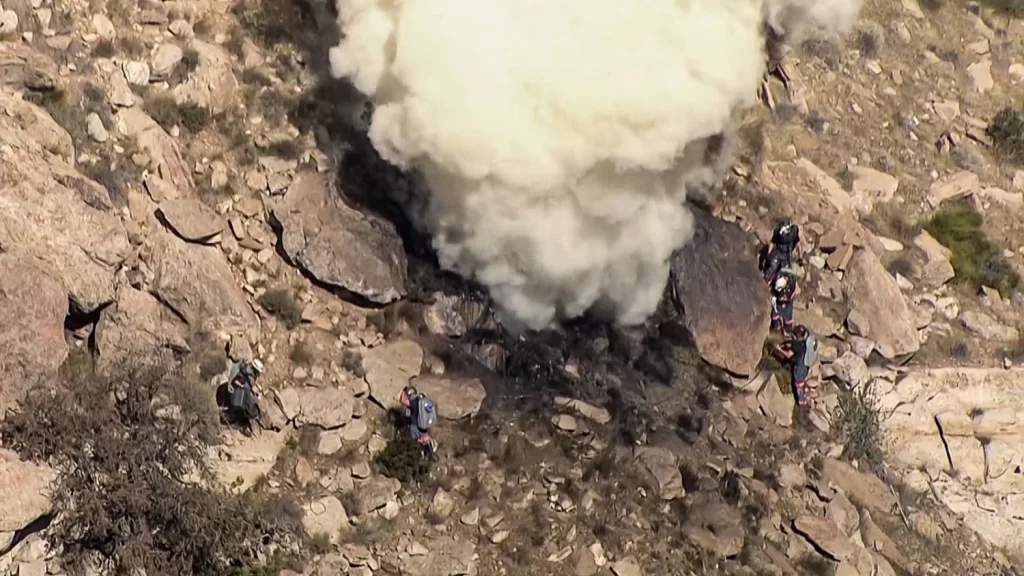
India’s consumption of metallurgical coal in steelmaking has increased by over 7% y-o-y in 2023 (CY’23) to around 76 million tonnes (mnt) compared with 71 mnt in CY’22, as per provisional data compiled by SteelMint. Consumption is projected to increase by nearly 7% on the year to 81 mnt in CY’24.
India’s crude steel production this year is expected to reach around 140 mnt, with World Steel Association data showing that production in January-November stood at over 128 mnt.
The uptick in met coal consumption is due to the rise in domestic hot metal production to around 85 mnt in CY’23, an increase of over 6% y-o-y. With significant crude steel capacity additions through the BF-BOF route in the pipeline, the country’s hot metal output is projected to reach 90 mnt in CY’24.
Marginal rise in imports
The country’s imports of coking and PCI coals increased marginally this year to around 70 mnt, indicating that the share of domestic production, even if marginal, is growing. However, dependence on imports is over 90%.
Notably, PCI imports edged up by 8% to nearly 15 mnt in CY’23. As per industry sources, all new blast furnaces will have extra capacity for pulverised coal injection (PCI) and the PCI rate is expected to reach around 200 kg per tonnes of hot metal. It is a key cost reduction tool.

The global coking coal market is around 1.1 bnt and seaborne trade was around 305 mnt in CY’22. However, the steel industry is reliant on a very narrow supply base which is the main cause of disruptions and volatility.
To guard against chronic tightness in seaborne supplies and to counter price volatility, Indian mills have diversified import sources. Cheaper Russian met coal and PCI have found favour: Russian imports to India have increased by a staggering 160% y-o-y to 5.7 mnt in CY’23.
On the other hand, Australia’s share in total Indian imports has declined from over 54% in CY’22 to 48% this year. The volume of US and Canadian shipments has increased y-o-y.
India is even considering imports of coking coal from Mongolia. Mongolia is keen to tap India as a probable partner for supply of coking coal and has reportedly approached the Steel Ministry to explore possible tie-ups. Indian mills with overseas mines such as SAIL are also looking to boost coking coal output.
Late surge in prices
Average imported met coal prices corrected sharply in CY’23 from CY’22 levels boosting spreads of domestic blast furnace steelmakers but a surge in prices since August was an indication of the fragility of seaborne supplies. Premium hard coking coal prices rose sharply by 60% between June and October, as supply tightened in Australia. Certain operations in BMA’s Peak Downs mine in central Queensland were suspended after two truck sliding incidents.
Moreover, high utilisation rate of Australian port and rail logistics and low inventory holding capacity increase supply risks.
Volatility and lack of liquidity in the premium coking coal index are key concerns. Japanese steel producer, JFE Steel, has recently announced that it would increase spot purchases of coking coal over term contracts to boost transparency in price discovery. Indian mills share similar concerns; however, options are limited.
Outlook
*Consumption: India’s met coal consumption is likely to increase by 7% y-o-y in CY’24 on increasing hot metal production. Demand is projected to remain strong as the share of the BF-BOF route in domestic crude steel production increases to around 55% by CY’30.
*Imports: Imports of coking coal and PCI are expected to be around 71-73 mnt in CY’24. Cutting dependence on imports in the short-to mid-term looks highly unlikely despite the government’s ‘Mission Coking Coal’ targets because raising domestic coal washing capacity or implementing technological changes in coke-making to facilitate higher usage of domestic coal are long-term objectives.
*Prices: Supply constraints from Australia experienced during the La Nina cycle have eased. Overall policy settings are unfavourable to the carbon intensive steel sector in China and production cuts cannot be ruled out in CY’24. Despite a sharp rise in Chinese coking coal imports this year, only 2% of those imports have come from Australia. So, Chinese buyers are not vigorously competing for spot cargoes. Therefore, coking coal prices are expected to climb down from current levels of around $320-330/t FOB Australia in Q1CY’24.
However, the Russian government has imposed export duties from 1 October this year until the end of 2024 which could result in a duty of up to 7% on metallurgical coal. The duty is dependent on the Ruble-US dollar exchange rate. This duty will squeeze the already tight margins of Russian coal miners and may result in potential curtailing of exports, thereby worsening seaborne supply tightness.








